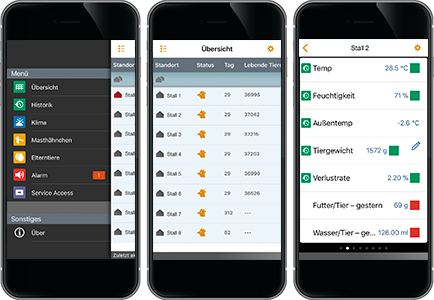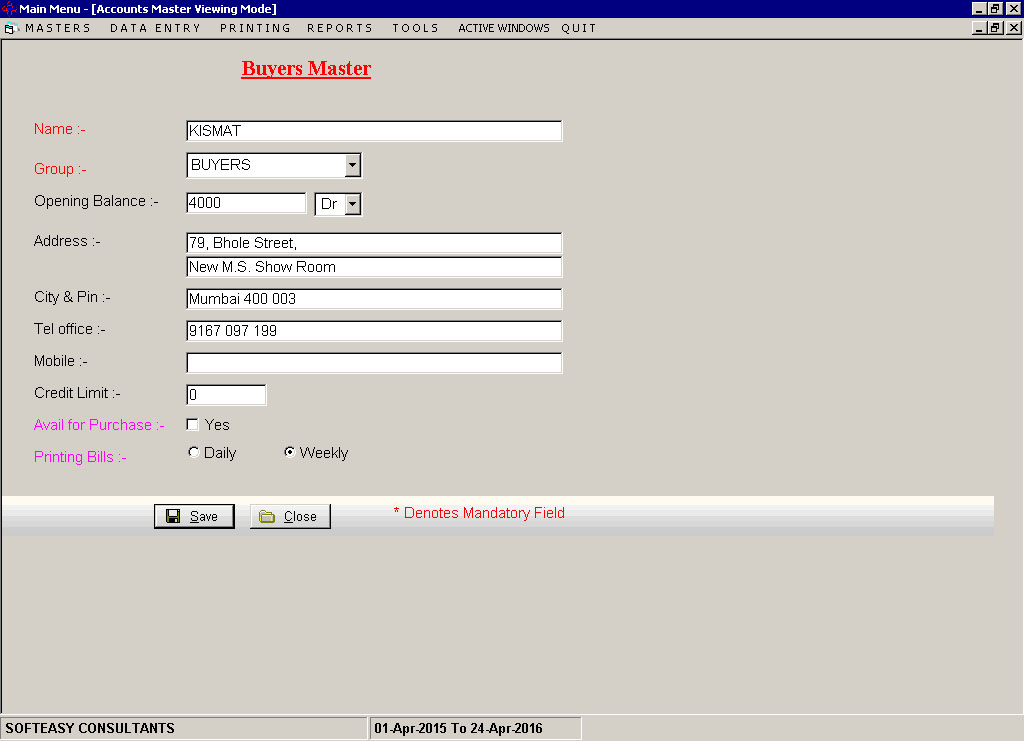
In the next 30 years, we will see another 3 billion people inhabit the Earth, and the middle class of urban dwellers will continue to rise. From a food processing perspective, increased yield.įarmers must farm data, not just chickens.From a food safety perspective, enhanced Salmonella, Campylobacter and E.From a disease management outlook, the ability to spot disease or find morbid birds before the entire flock is affected.From a husbandry and welfare perspective, knowing the stress levels in the bird and bird comfort assessed through body temperatures and air quality factors, such as carbon dioxide and ammonia.From a production standpoint, individual real-time body weights, feed and water consumption.What would make for better poultry production? Egg farms at least have the daily data point of average egg production for a group of birds, but managing for averages makes production inefficiencies inevitable. Chicken producers know the birds’ weights when coming in and going out as well as average feed and water consumption. Today, it takes 1.4 kilograms of feed to produce 1 kilogram of live-weight meat, and genetics offer the opportunity to reach a 1:1 ratio. Universal acceptance by almost all cultures and all religions ensures that poultry will continue to prosper.Īlthough touted as the world’s most efficient protein, poultry producers actually manage their flocks with very limited information. Egg consumption continues to grow as well because eggs are inexpensive, mild-tasting and are easy to process and include in other foods. In fact, despite the continued preference for pork in Asia, current growth means that global chicken meat consumption will exceed that of pork by 2022, making it the number one meat globally. Growth in poultry farming has been relentless.


We’d love to hear your thoughts on the future technology for poultry producers in BC! We found this very interesting article written by Aidan Connolly on LinkedIn. Flocking to digital: Re-imagining the future of poultry through innovation


 0 kommentar(er)
0 kommentar(er)
